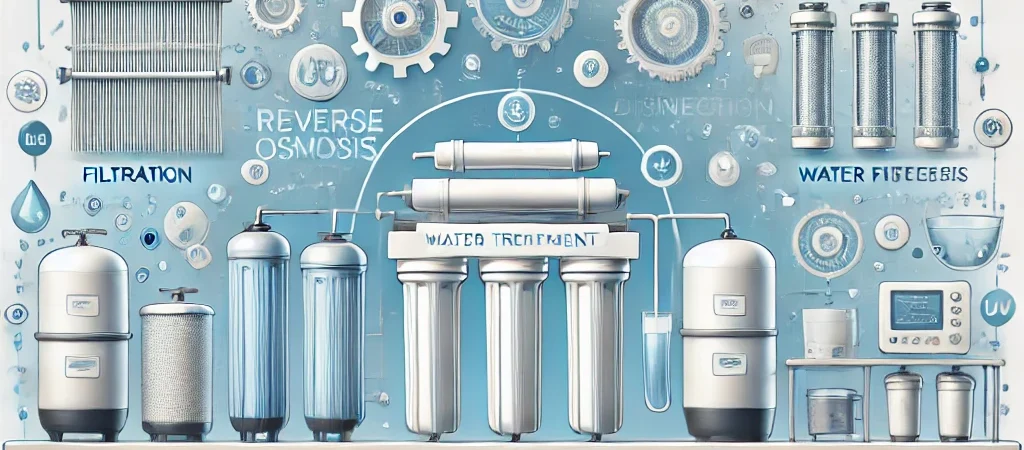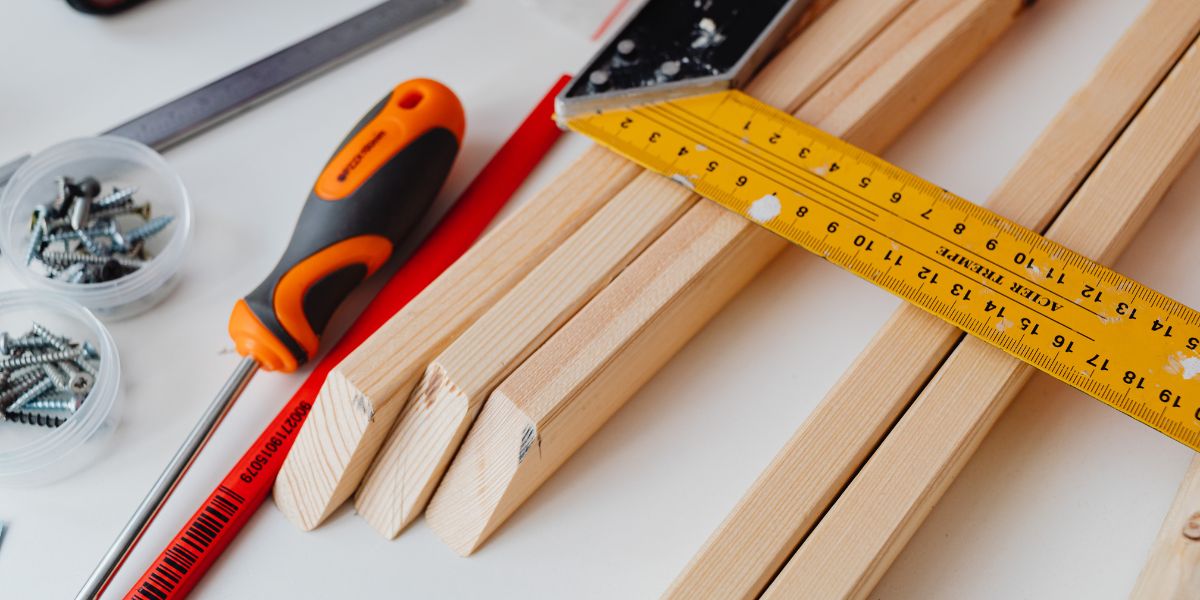Water is vital for life. Clean water ensures health and productivity. Yet, contaminants can make water unsafe. Water treatment systems solve this problem by improving water quality.
Whether you need better drinking water or industrial solutions, there are several options. This guide covers the main types of water treatment systems and their applications. For professional advice and services, visit https://mackinnonwatersundridge.com/.
Why Water Treatment Is Essential
Untreated water often contains impurities. These include bacteria, chemicals, and sediments. Consuming contaminated water can lead to health issues. It may also damage appliances and plumbing systems.
Water treatment removes or reduces these impurities. The process ensures water meets safety standards for drinking, cooking, and other uses.
Main Types of Water Treatment Systems
There are several water treatment systems, each designed for specific needs. Below are the most common types.
1. Filtration Systems
Filtration systems use physical barriers to remove contaminants. These systems target sediments, rust, and particles.
Examples include:
- Sand filters: Effective for large particles and debris.
- Carbon filters: Remove chlorine, odors, and organic compounds.
Filtration systems are easy to maintain and cost-effective. They work well in homes and small businesses.
2. Reverse Osmosis (RO) Systems
RO systems use pressure to force water through a semipermeable membrane. This process removes most impurities, including dissolved salts and heavy metals.
Benefits include:
- High removal efficiency for a wide range of contaminants.
- Improved taste and odor of water.
RO systems are ideal for drinking water but can waste water during the process.
3. Ultraviolet (UV) Disinfection
UV treatment uses ultraviolet light to kill bacteria and viruses. It’s a chemical-free method that is safe and eco-friendly.
Key features:
- Destroys harmful microorganisms.
- Requires minimal maintenance.
UV systems are best combined with other treatments to handle chemical impurities.
4. Water Softeners
Water softeners remove minerals like calcium and magnesium. These minerals cause hardness, leading to scale buildup in pipes and appliances.
How it works:
- Ion exchange process replaces hard minerals with sodium ions.
- Prevents scale formation and extends appliance life.
Water softeners improve water quality for daily use but are not suitable for drinking water alone.
5. Distillation Systems
Distillation involves boiling water and collecting the steam. The process removes most impurities, including bacteria, heavy metals, and salts.
Advantages:
- Produces highly purified water.
- Effective for a wide range of contaminants.
However, distillation is energy-intensive and slow. It’s best suited for specific purposes like laboratory use.
Choosing the Right System
The choice of a water treatment system depends on your water quality and needs. A water test can identify specific contaminants. Based on the results, you can select a system that addresses those issues.
Factors to Consider
- Water source: Well water may need more treatment than municipal water.
- Contaminants: Different systems target different impurities.
- Budget: Initial cost and maintenance expenses vary across systems.
Consulting professionals can help you make an informed decision. Visit https://mackinnonwatersundridge.com/ for expert assistance.
Combining Systems for Best Results
Sometimes, a single system isn’t enough. Combining treatments ensures comprehensive water purification. For example, a UV system can be paired with an RO system for chemical and microbial protection.
Take Control of Your Water Quality
Water treatment is an essential step for better health and efficiency. By understanding the different systems, you can choose the best solution for your needs.



